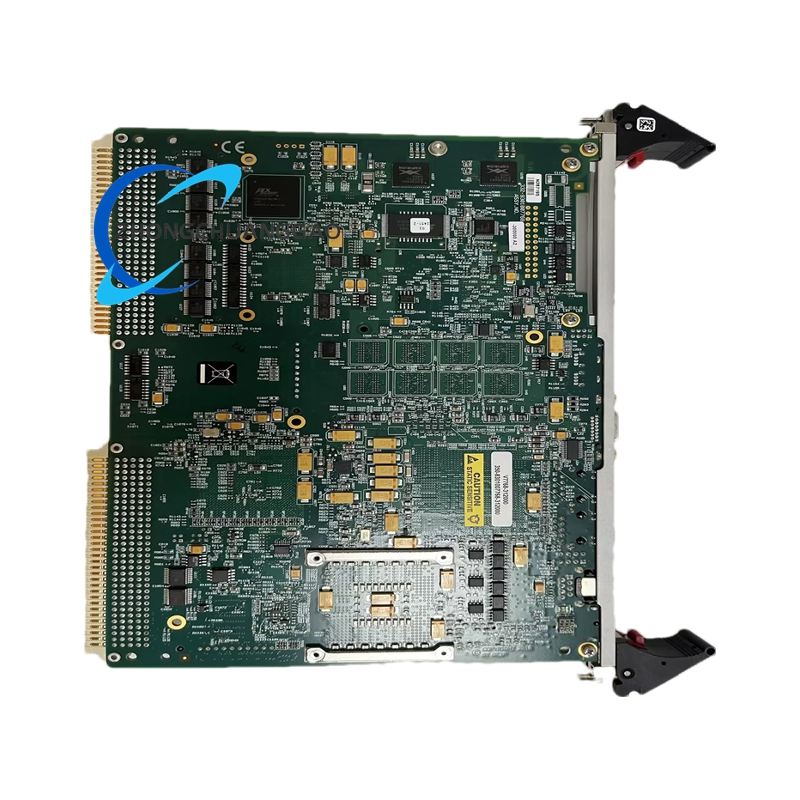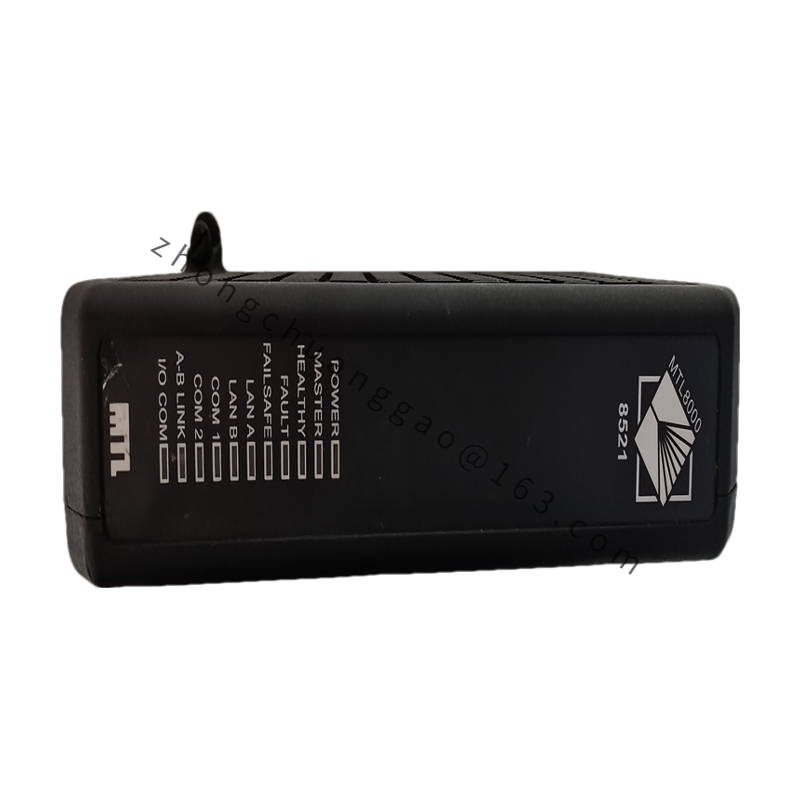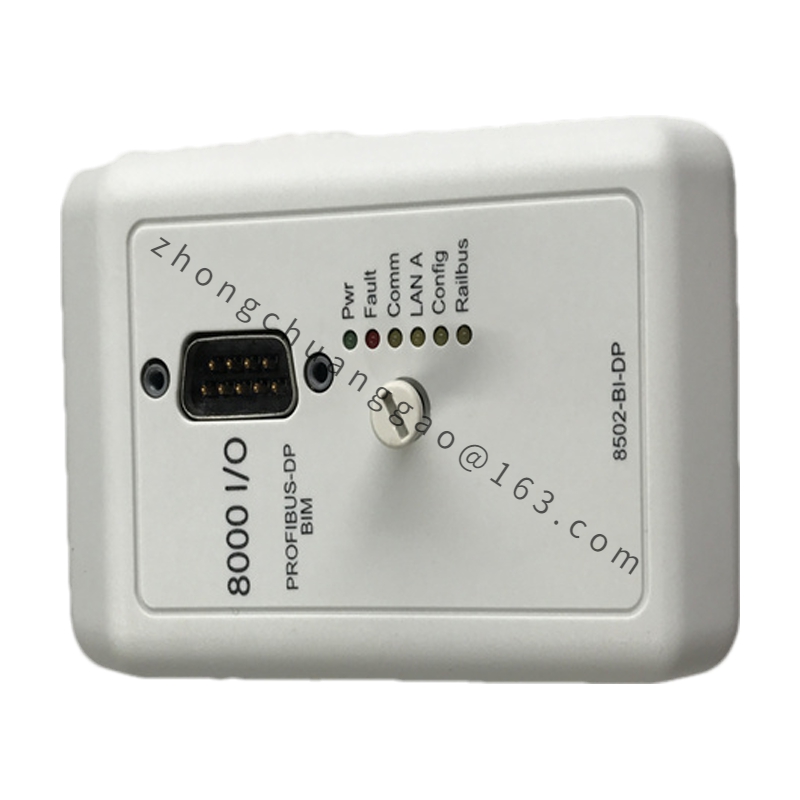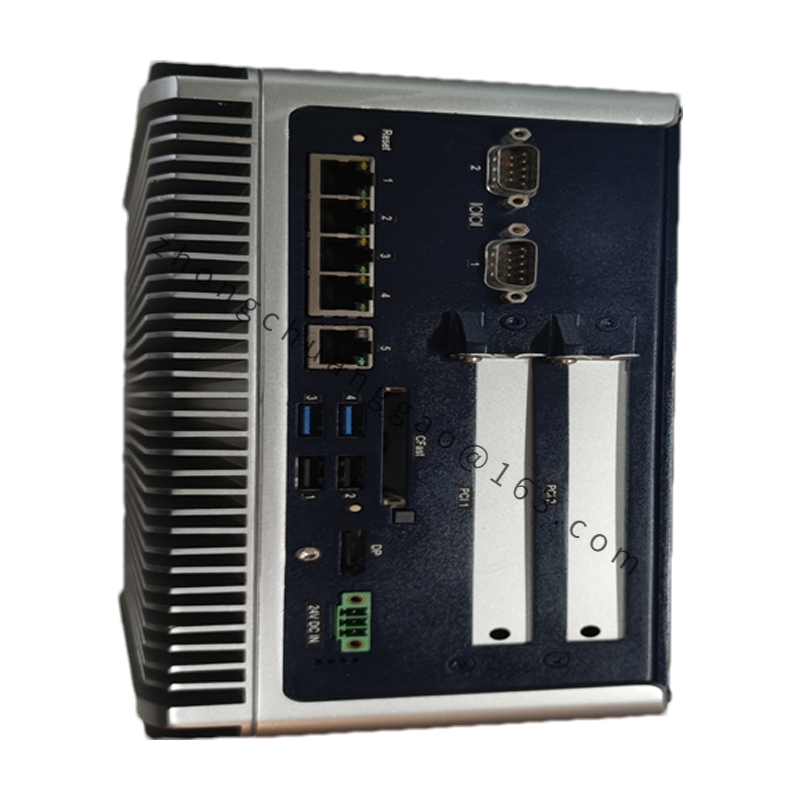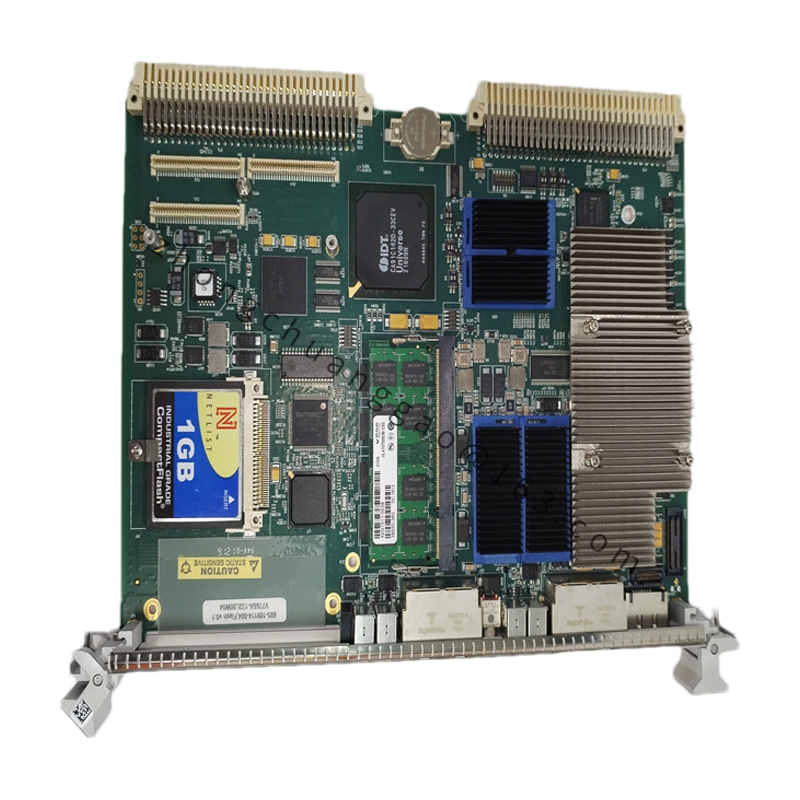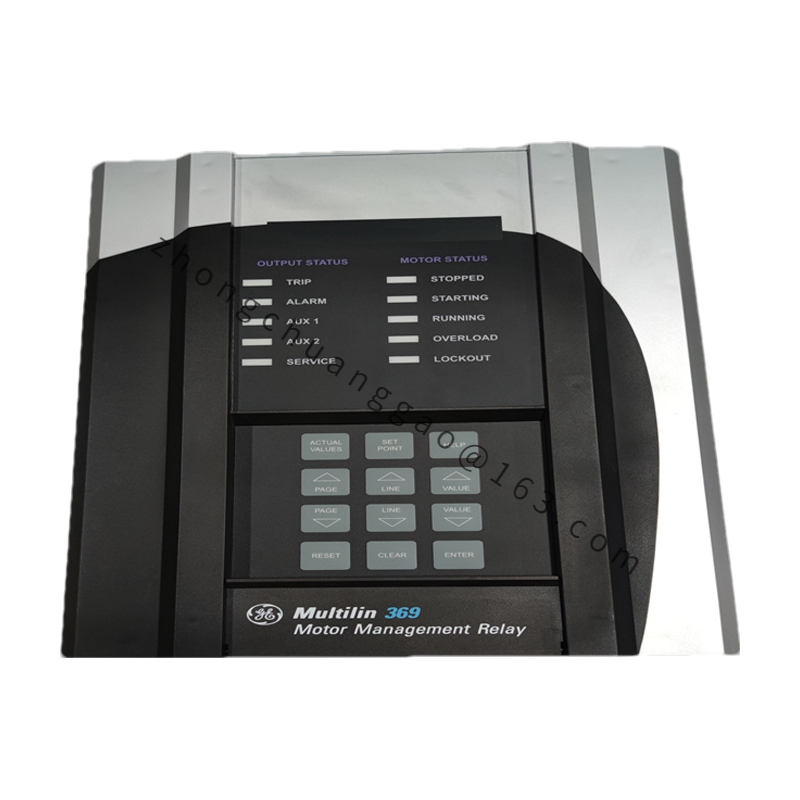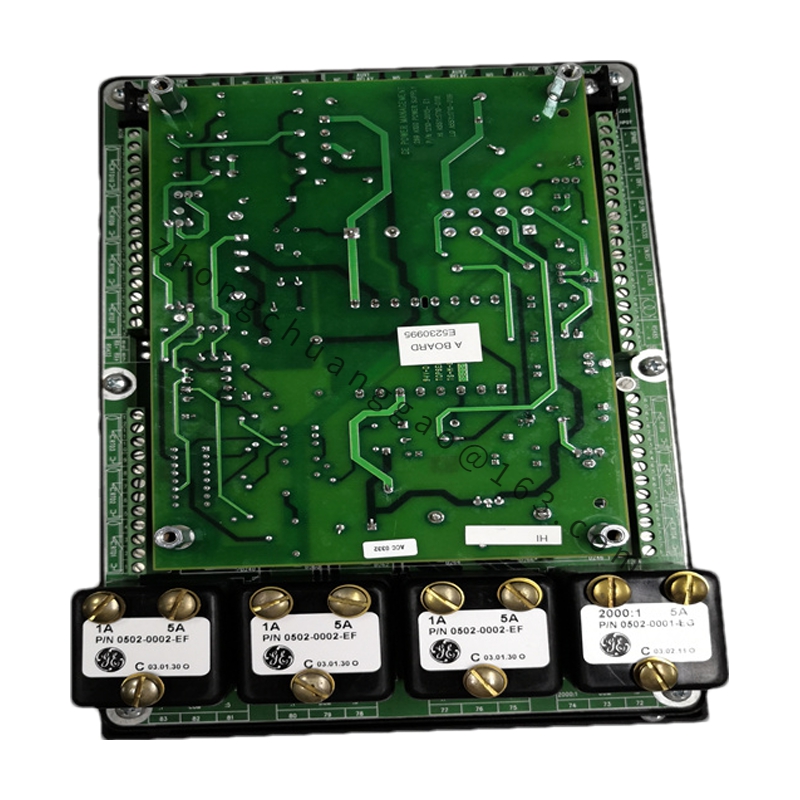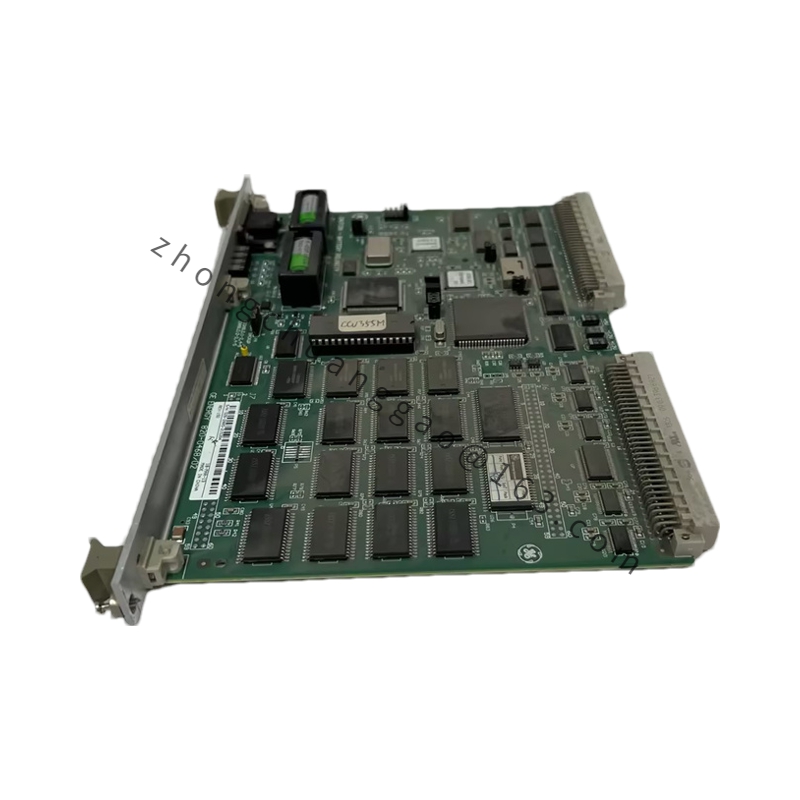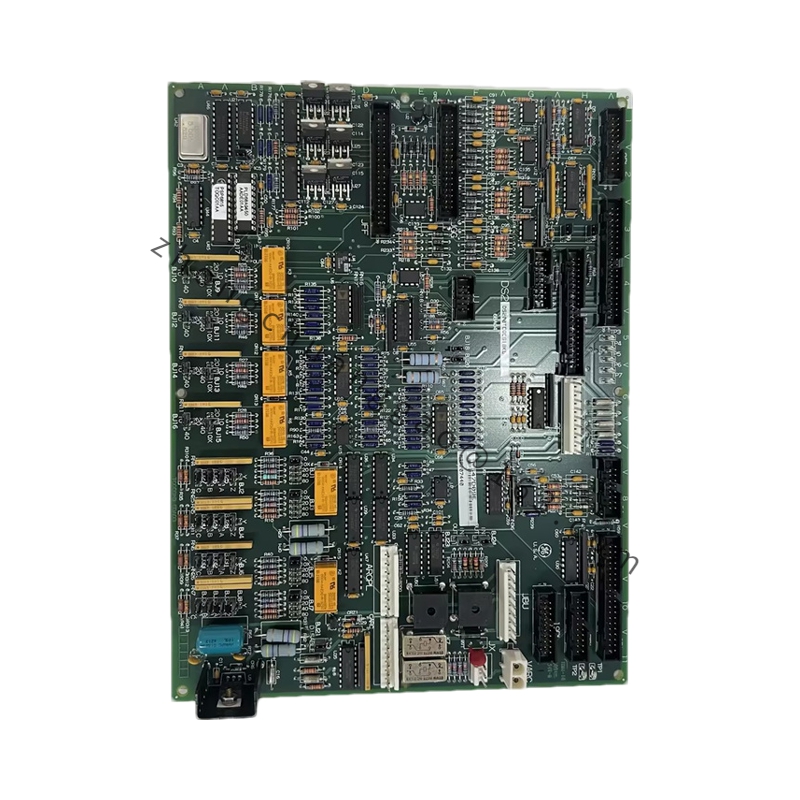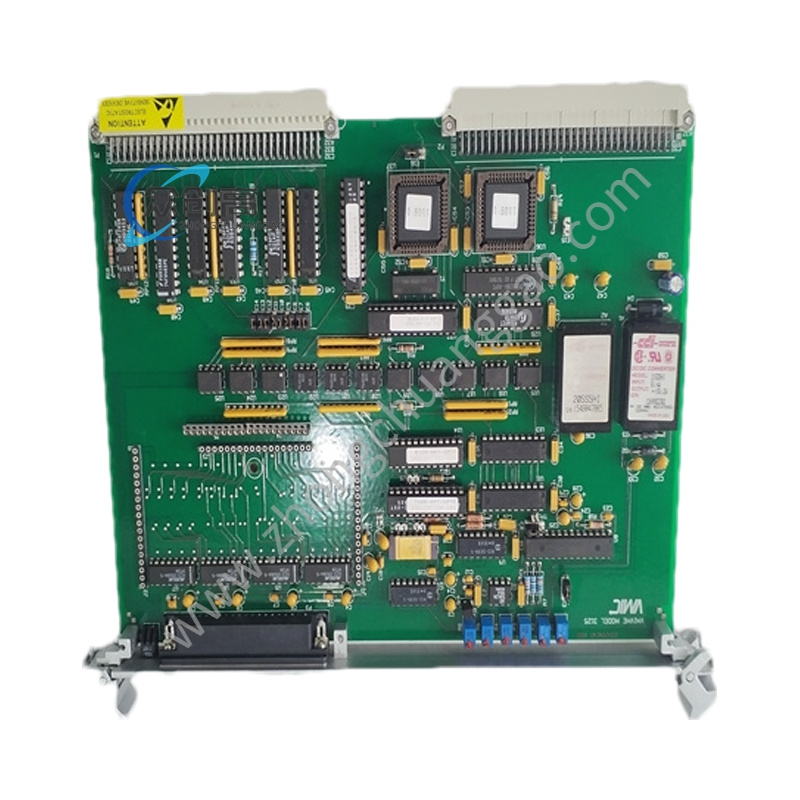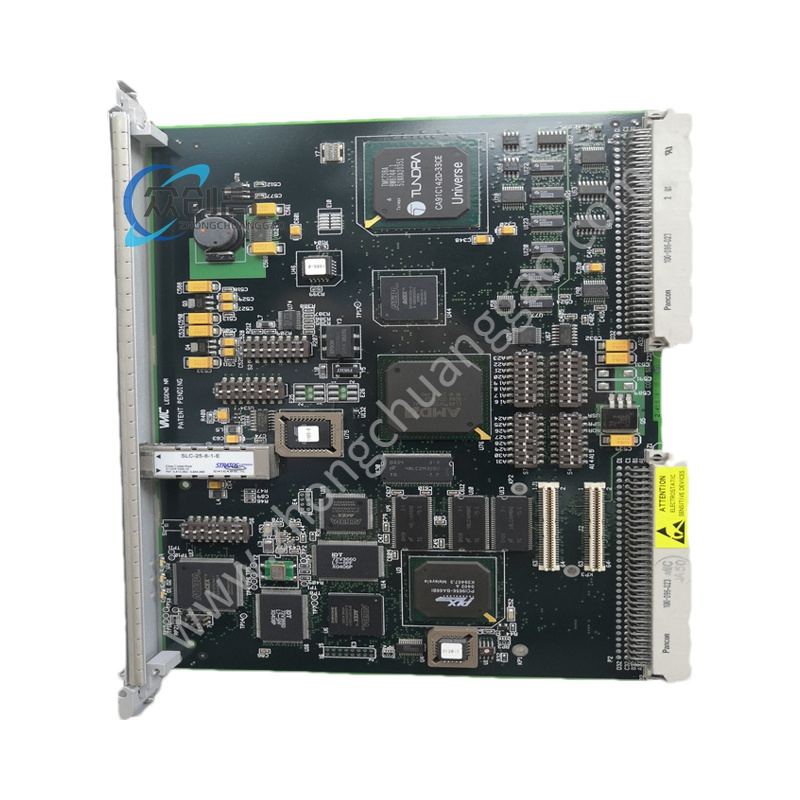GE V7768-312000
Technical Specifications
- Processor: It may be equipped with an Intel Core 2 Duo processor up to 2.16 GHz or an Intel Celeron M processor up to 1.07 GHz. The L2 cache is 4 Mbyte for Core 2 Duo and 1 Mbyte for Celeron M.
- Memory: It can support up to 2 Gbyte DDR2 SDRAM through a single SODIMM.
- Storage: It can support up to 8 Gbyte bootable compact flash, accessible via the secondary IDE port and can be configured as a boot device through BIOS.
- Interface: It has 2 serial ports, 4 USB 2.0 ports (2 in the front and 2 in the rear), 2 SATA ports, and a PS/2 keyboard/mouse interface on the front panel. There are also 2 gigabit Ethernet ports on the front panel, using Intel 82571, supporting network boot via PXE. In addition, it has a PCI – X PMC expansion site and a board – to – board connection for the PMC 237 CM1/V PMC expansion board. Some versions have a PCI Express 3.0 x16 interface, 8GB GDDR6 memory, a core clock of 1605 MHz, and a boost clock of 1905 MHz.
Detailed content
-
- Power Supply: The input voltage range is 12 – 48VDC, the output voltage range is 5VDC, the maximum output current is 10A, and the efficiency is greater than 90%.
- Size and Weight: The size is about 170 mm x 105 mm x 32 mm, and the weight is about 1.2 kg or 4.3 kg (there are different data in different sources).
- Operating Temperature: The general operating temperature range is – 20°C to +50°C, and some can reach – 40°C to +85°C.
- Function Features
- High – performance Computing: With a powerful Intel processor and a reasonable chipset, it can provide high – speed data processing capabilities, which can meet the needs of complex computing tasks, such as real – time data processing and analysis in industrial control.
- Rich Interface: It has a variety of interfaces, which can be easily connected to various external devices, such as sensors, actuators, and other equipment, with strong compatibility, providing convenience for system integration.
- Reliable Operation: As an excitation controller, it adopts a redundant design, which improves the reliability of the system and can ensure stable operation in industrial applications.
- Easy to Expand: It supports the expansion of various modules, and users can select appropriate PMC option boards according to actual needs to expand functions, which is suitable for different application scenarios.
- Low – power Design: It adopts a low – power design and advanced power management technology, which can not only ensure computing performance but also save energy, reducing the operating cost and heat generation of the equipment.
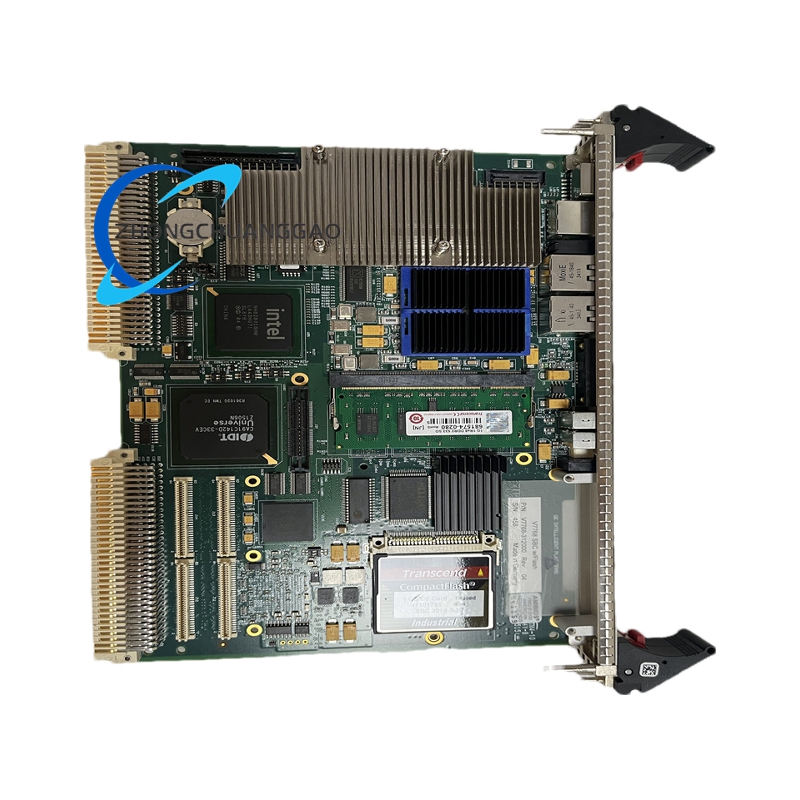
- Application Scenarios
- Industrial Automation: It can be used for the servo motors of various industrial mechanical equipment, such as production lines, robots, conveyor belts, fans, and water pumps, providing power and control.
- Building Control: It is applicable to building automation systems, such as the control of lighting, air – conditioning, and elevator systems.
- Data Acquisition and Instrumentation: It is suitable for application scenarios that require high – performance computing and real – time processing, and can be used for data acquisition and processing of various instruments and meters.
- Power Generation Field: As an excitation controller, it is used to control the exciting current of the exciter of the synchronous generator, so as to adjust the generator voltage, and is applied to the DCS monitoring system of the power plant.

